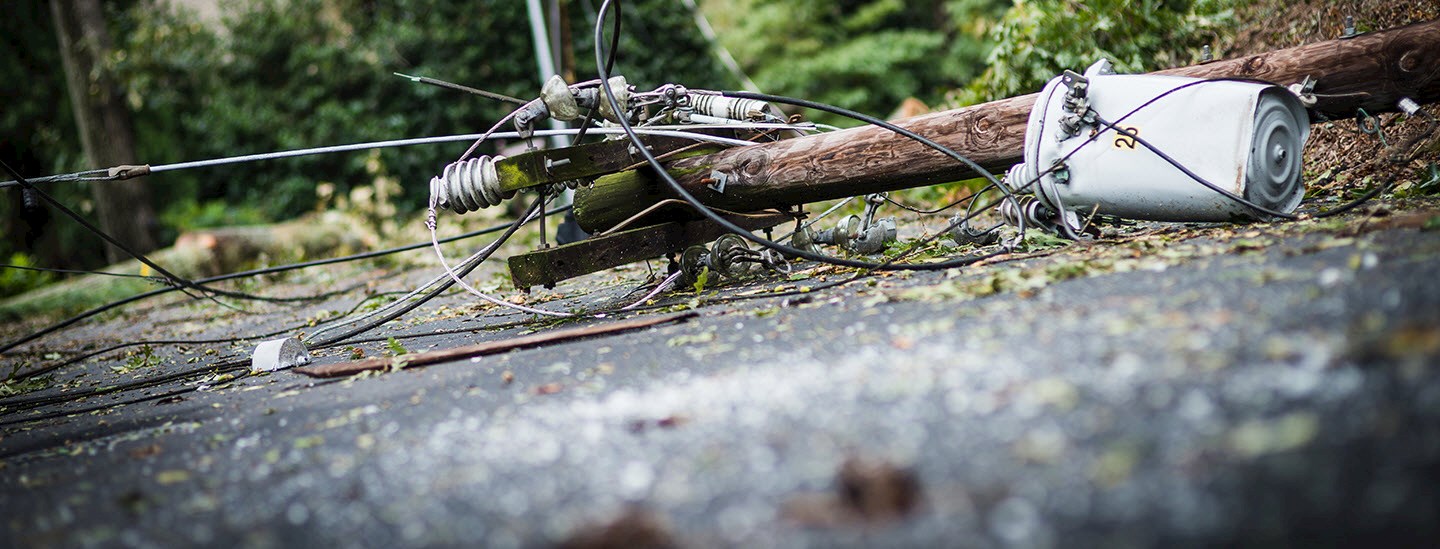A blackout can accompany a natural disaster such as a tornado or hurricane, or can be the result of an isolated incident, such as a tree falling on power lines or a transformer exploding. Either way, blackouts are often unpredictable. That's why being prepared can save you from last-minute scrambling and can lessen the blackout's impact.
Gallagher provides guidance to help minimize inconvenience and potential damage during a blackout.
- What are blackouts and brownouts?
- Before a blackout: Review your policies and coverages
- Be prepared for a blackout
- What to do during and after a blackout
- File an insurance claim after a blackout
- Resources for blackout preparedness
What are blackouts and brownouts?
A blackout is a large-scale, prolonged electricity service interruption, whether from severe weather or an equipment failure. A blackout's scale makes it different from a power outage, which is a smaller interruption, after which power is restored quickly. During an unintentional brownout, severe weather or equipment problems reduce electric service, rather than stop it completely.
A rolling blackout is an intentional power interruption in which the power company shuts off and then restores electricity successively in different areas, to ease the strain on an overtaxed electrical grid. During a rolling brownout, the supply of electricity is reduced rather than stopped. The goal of rolling blackouts and brownouts is to prevent a total blackout.
Planned outages are scheduled and announced in advance, often to allow for equipment maintenance.
Before a blackout: Review your policies and coverages
Discuss with your Gallagher broker what coverages you have — or may be available — to cover blackout losses that aren't related to severe weather or a natural disaster.
Be prepared for a blackout
Awareness and preparation are key to minimizing risks during a blackout. By understanding your vulnerabilities and planning what to do, you can reduce the effects on your business, home or personal property, and ensure your safety.

